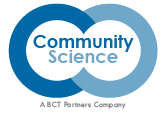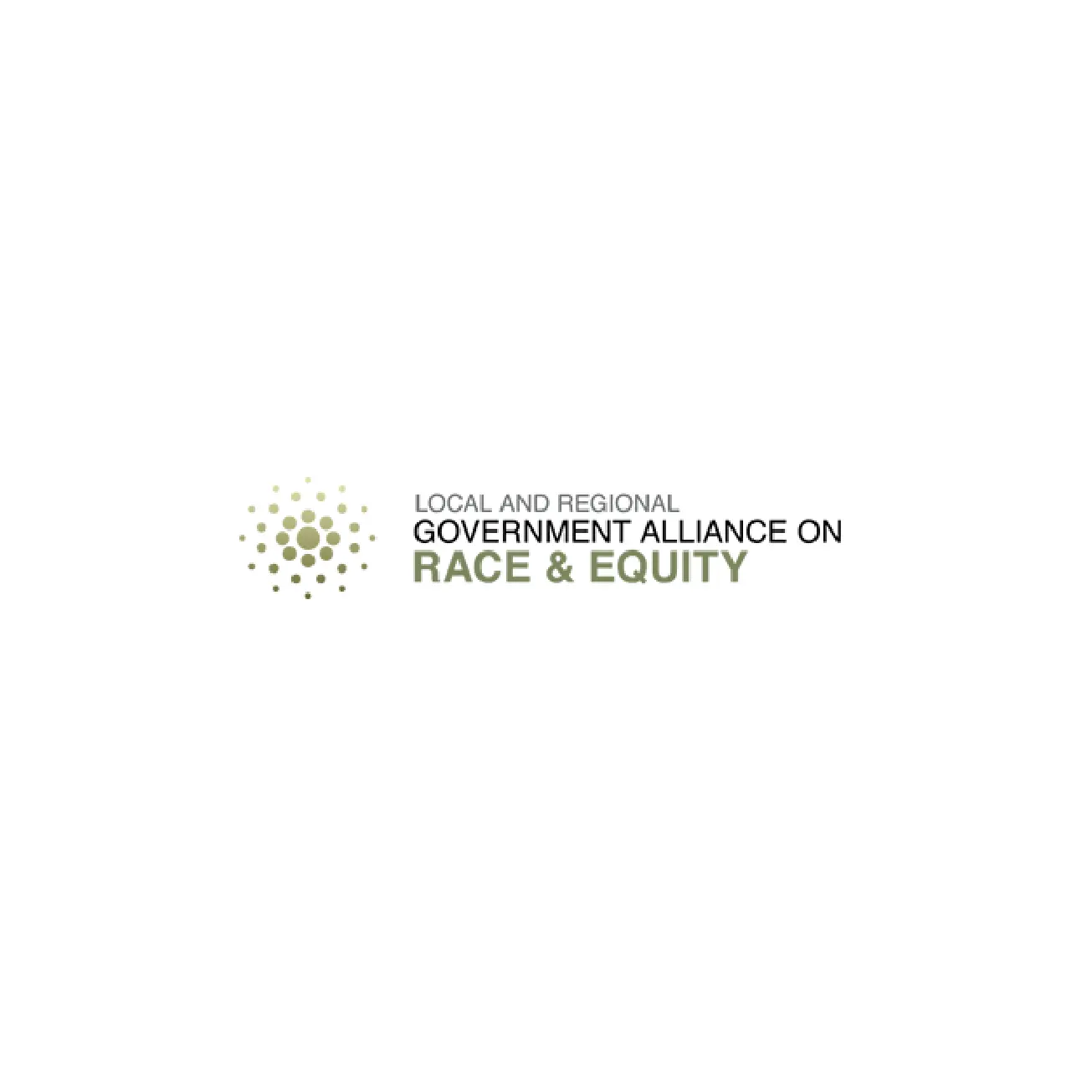Government plays a crucial role in both promoting equity and dismantling policies and practices that perpetuate racial inequity. It controls the resources, how they are allocated and applied, as well as providing vital services to the public. The Government Alliance on Race and Equity (GARE) was established to assist local governments to apply a racial lens to their policies, operations, and practices by using a racial equity framework and tools, implementing a measurement system to monitor progress toward racial equity goals, and partnering with other organizations and communities. In 2016, Living Cities launched the Racial Equity Here (REH) initiative and partnered with GARE to build the capacity of five city governments—Albuquerque, Austin, Grand Rapids, Louisville, and Philadelphia—to advance their racial equity goals.
Community Science and [the Insight Center for Community Economic Development] have worked with the Government Alliance on Race and Equity to develop an approach to evaluation to measure change inside of government, and real impact in communities. We are deeply appreciative of the expertise they have provided – the work of government to advance racial equity is hugely important for the success of cities across the country.
Community Science, in collaboration with the Insight Center for Community Economic Development, was engaged by Living Cities to evaluate the REH initiative. Over the past 18 months and through the use of training evaluations, interviews, site visits, and document reviews, we have been tracking how participants from the city governments have become more knowledgeable about laws and policies that have maintained racial equity in this country, more skilled in communicating issues that perpetuate racial inequity, and have changed policies and practices that help to move the needle on racial equity. We have worked closely with GARE to refine the employment survey used by its network of city and county governments to monitor staff attitudes and practices to normalize dialogues about racial equity, organize teams within and across departments to take on racial equity, and operationalize its racial equity lens. We also collaborated with GARE to design a workshop about its racial equity tool for the five participating city governments, using data to illustrate how city employees can identify racial inequity outcomes and create strategies to change the trend.
The evaluation has surfaced many insights to date about building the capacity of city governments to accelerate racial equity. Some lessons have emerged through our evaluation’s collaborative learning process with key stakeholders, which include participating city representatives:
- Finding the right team is fundamental.
- Public mayoral support is critical to success.
- Communicating this work is difficult.
- Doing this work well requires a culture shift.
These lessons were covered in a blog post by Anne Price and Kien Lee earlier in 2017 (https://www.livingcities.org/blog/1180-racial-equity-here-lessons-from-the-field). Over the last several months, we also observed how the city governments’ racial action planning process catalyzed all sorts of changes, including a policy to “ban the box” in Albuquerque as well as a decision to apply a racial equity lens to Philadelphia’s workforce strategy. The evaluation of REH has provided Community Science an exciting and meaningful opportunity to advance our mission to use science to foster equity and justice in communities and systems.

